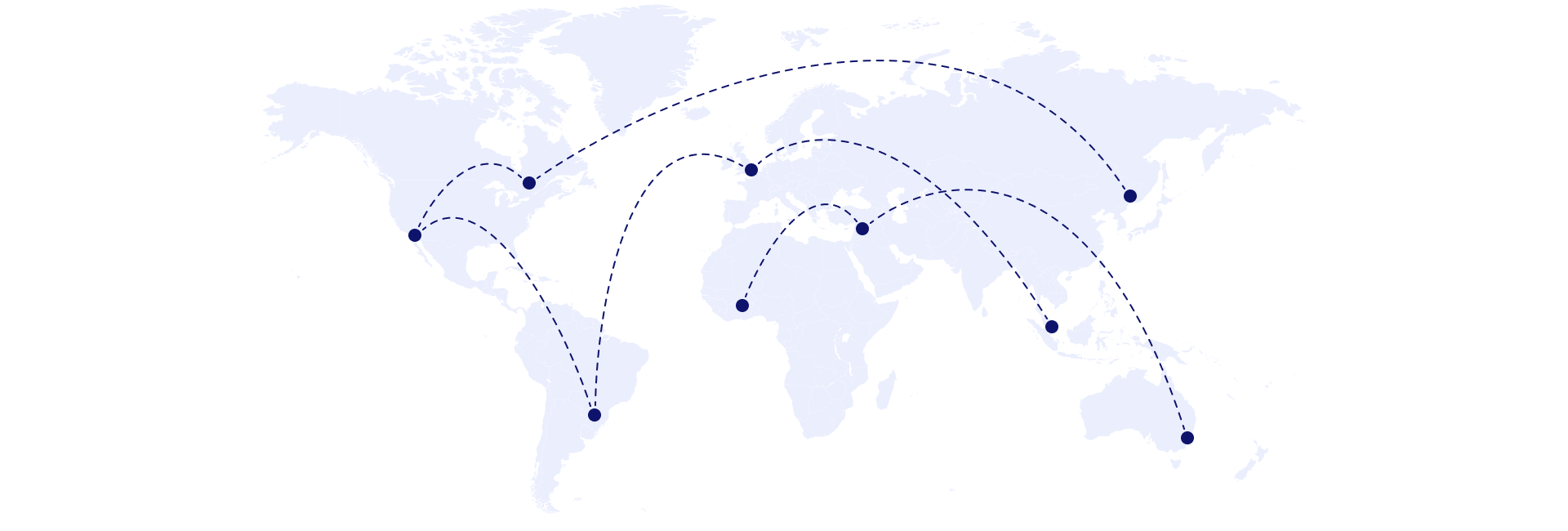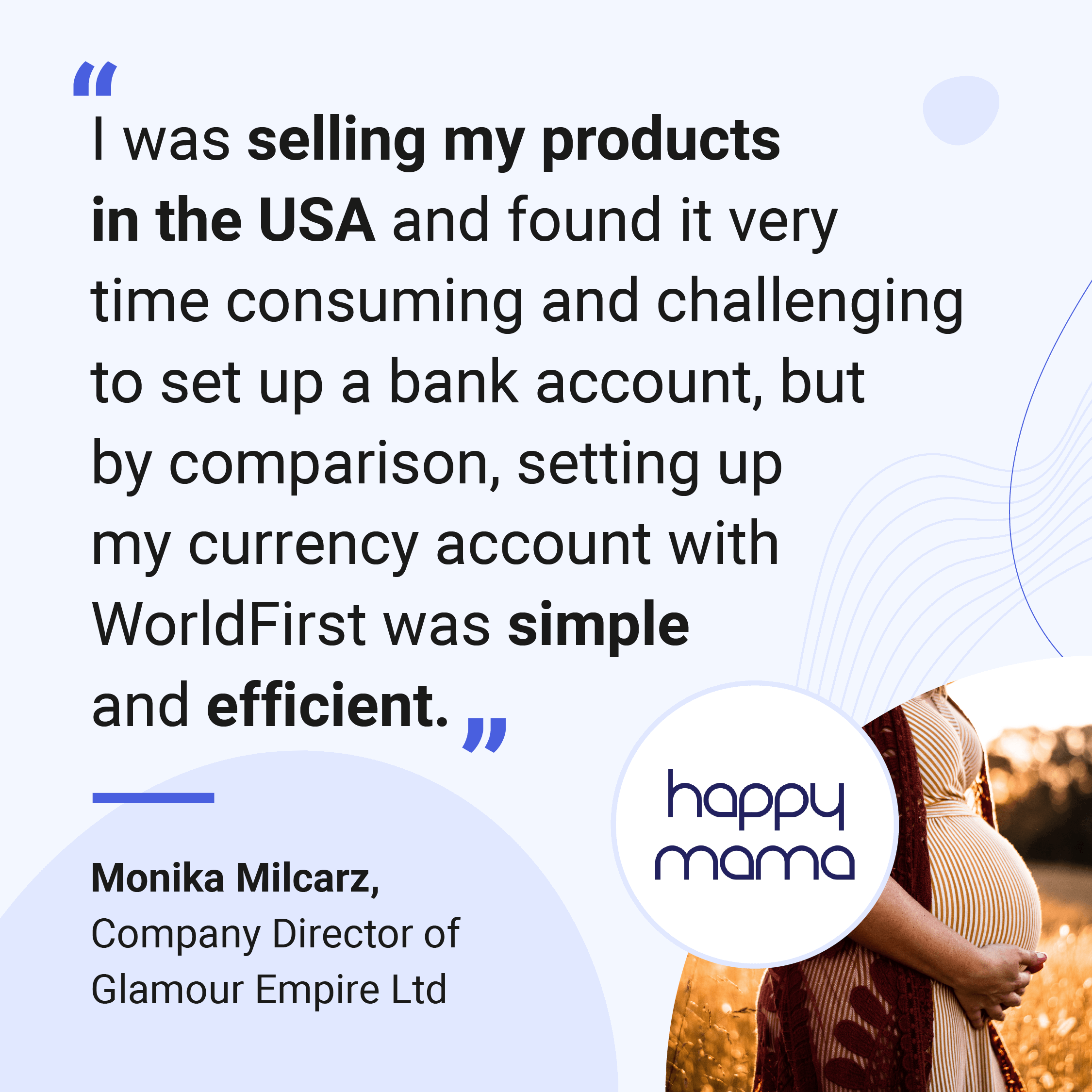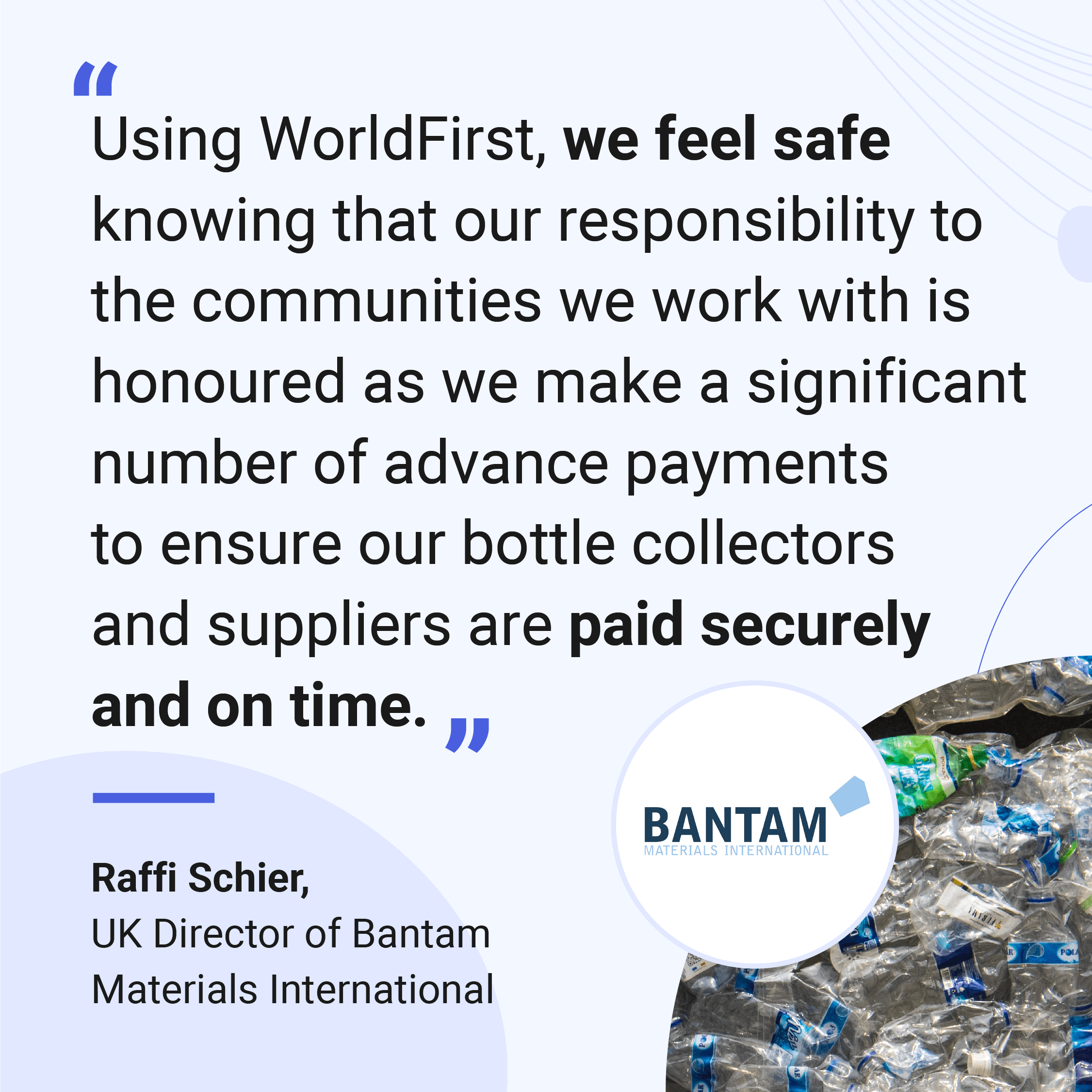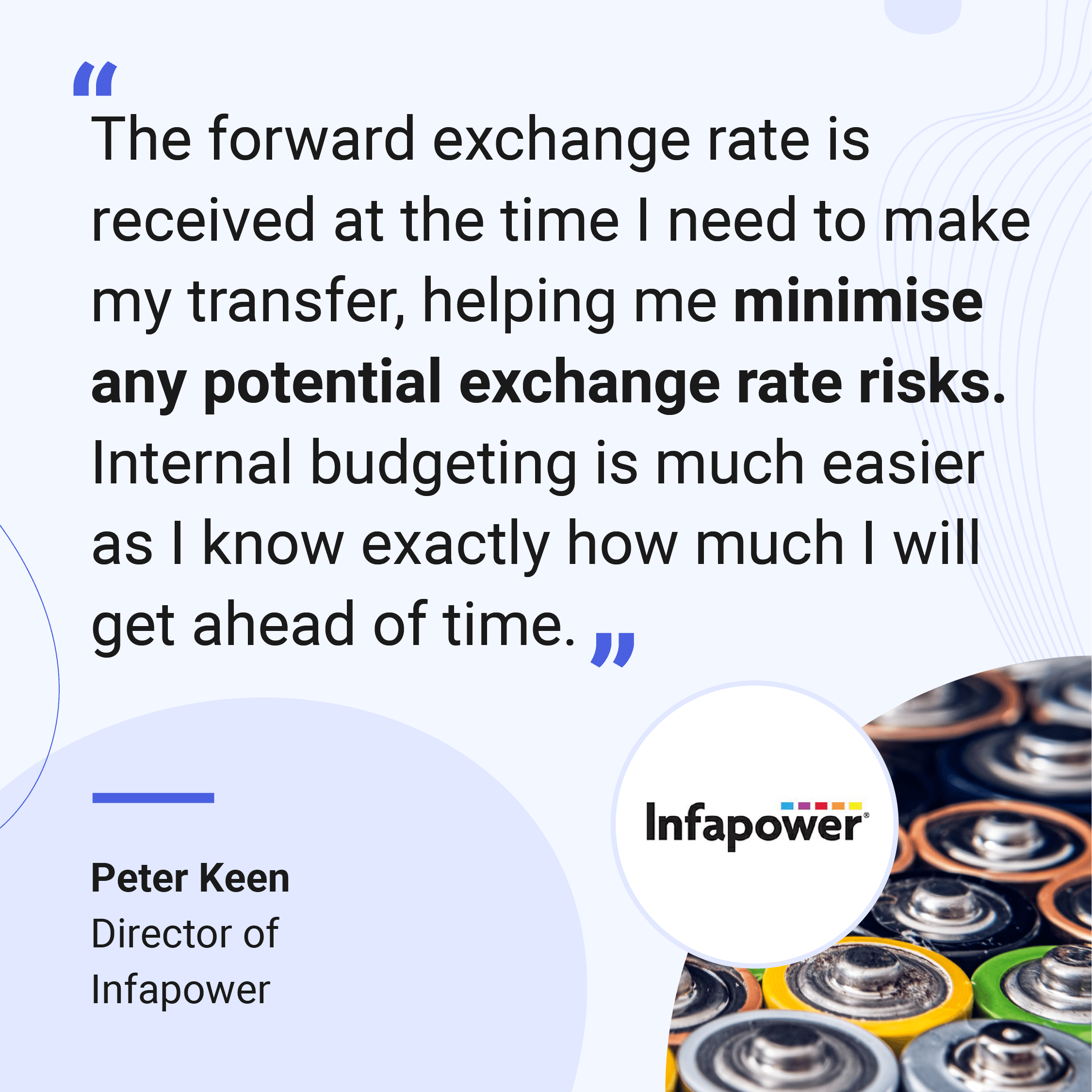As the final quarter of 2023 looms, e-commerce sellers have a golden opportunity to expand their brand to new, untapped markets overseas.
In recognising emerging global marketplaces and shifting consumer spending habits, many e-commerce brand owners at this time may be asking themselves, 'Is now the right time to scale up operations and start thinking globally?'
This article will explore why international expansion could be the key to skyrocketing e-commerce profits in Q4 2023, and offer guidance on managing everything from platforms to logistics, payments, and global product pricing.

Understanding 2023 e-commerce trends
The e-commerce sector is ever-evolving, from new trending products and marketplaces to broader economic factors impacting consumer spending.
Keeping an eye on important industry developments worldwide is vital for sustaining profits as we head into the year's busiest shopping season.
Here are two major e-commerce trends many retail experts are observing this year:
The rise of new online platforms and marketplaces
While established platforms hold significant market share, new players are emerging, offering sellers fresh avenues to reach global consumers.
Amazon still holds the most traffic for online marketplaces, averaging approximately 2.2 billion site visits per month (according to April 2023 figures). This year's Amazon Prime Day sales reached record levels, with over 375 million items sold globally. However, many other platforms and marketplaces are worth looking into based on traffic alone.
For example, in April, Chinese marketplace AliExpress averaged 432 million visits per month. The popularity of Rakuten, a Japan-based e-commerce marketplace, has also grown significantly over the past year. At the end of Q2 2023, Rakuten recorded its highest revenues, and site views now average at approximately 101.3 million visits per month.
Chinese-owned Temu has also emerged as a rival competitor to the likes of Amazon. As of September 2023, it's the UK's number one shopping app on Apple's App Store and Google Play. It averages approximately 252 million monthly site visits worldwide.
Consumer budgets are down but 2024 could be more positive
Many countries, particularly in Europe, are anticipated to face economic downturns this year. Causal factors include supply-side shortages, energy price inflation, and the aftermath of the pandemic. The US stock market, for instance, has declined by -14.4% since December 2021. As a result, consumer confidence in many countries has fallen as we approach Q4 2023.
To illustrate, The Centre for Retail Research found UK retail sales volumes decreased by -3.3% in 2022 compared to 2021, with a further 3% decline in sales throughout 2023. However, researchers maintain that the UK could experience a U-turn next year, with sales volumes increasing by as much as 1.3%.
Q4 typically yields the highest volume of spending across borders each year as the holiday season reaches its peak. The top three countries in the EU for Christmas spending in 2022 included the UK (£82.2 billion), Germany (£73.2 billion), and France (£62.4 billion). It's possible we may see similar spending patterns as we go into Q4 2023, so make sure you’re ready to offer great e-commerce deals to entice customers.
Open a World Account for free
- Open up to 15 local currency accounts, with local sort codes, account numbers and IBANs
- Collect secure payments from 130+ marketplaces, overseas buyers and payment processing gateways
- Pay suppliers, partners and staff in 40 currencies without hidden fees
- Pay and get paid easily with local bank details on your invoices
- Lock in conversion rates to manage your currency risk
Preparing for international expansion
International expansion into new markets is a challenging venture. It demands meticulous research, strategic planning, and a deep understanding of global consumer behaviour.
Here are our tips for taking your e-commerce brand global:
1. Competitor research
A SWOT analysis can help identify your business's strengths, weaknesses, opportunities, and threats compared to your international competitors.
This essential research exercise will help you understand how much you need to invest to get your brand off-the-ground and turning a profit as soon as possible.
Many e-commerce competitor research tools are available online with a subscription. However, additional desk-based research is also required to verify information and identify unique selling points that make your competitors' brands a hit with consumers.
2. Sourcing suppliers
Navigating the supplier landscape requires careful consideration of quality, cost, and reliability factors. Beginning your supplier search on established B2B marketplaces like Alibaba.com and AliExpress will help you identify reputable sellers with protections like Trade Assurance and outstanding customer reviews.
Getting in touch with a sourcing agent from your target country will also help you understand the manufacturing landscape and the processes for setting up supplier contracts and importing goods.
3. Product selection and logistics
As of 2023, a third of the world's population shops online (totalling approximately 2.64 billion people). India is poised to lead in GDP growth and become the world's third-largest economy by 2027. Plus, Latin American countries continue to expand their e-commerce industry, with experts predicting that B2C e-commerce Gross Merchandise Value will reach USD $254.3 billion by 2027.
This staggering growth of economic activity across multiple regions indicates that logistics and fulfilment cycles are becoming more efficient in previously underserved areas.
Therefore, to grasp the best opportunities, researching products that may be new to international audiences or established marketplace sites may be a wise investment. Likewise, partnering with leading fulfilment companies in your target market will ensure customers get their deliveries on time.
4. Marketing for global audiences
A 2022 survey conducted by Meta and YouGov found that attitudes towards cross-border e-commerce brands are overwhelmingly positive. The majority of online shoppers (82%) are open to purchasing from international sellers, citing access to a wider selection of products and favourable prices as key reasons to try out overseas brands.
The same study also found that 63% of online shoppers wish to see comprehensive product information to help them make informed purchasing decisions. In response, investing in professional translation services from localised marketing agencies can help you tailor your e-commerce storefronts to suit international audience preferences.
5. Legal and compliance
Expanding internationally requires brands to adhere to local laws for collecting and importing goods – including tax registration and obtaining necessary permits.
To help with this, seek out third-party import/export custom agents that can help calculate rates and meet your compliance needs when shipping to countries globally.
International payments and pricing
Ensuring a seamless online shopping experience is vital to your international expansion project’s success.
79% of e-commerce shoppers prefer to see prices listed in their home currency. With WorldFirst, your international customers can pay in over 60 currencies directly through your e-commerce storefront and 60 of the world’s top marketplaces.
Here is how a free-to-open World Account from WorldFirst can benefit your business:
1. International payment solutions
Traditional banking systems, designed primarily for larger corporations, often come with extended transaction times, making them less suitable for small businesses.
For instance, international payments via SWIFT can take up to five days to clear. Consequently, long payment delays can hinder your ability as a seller to access early payment discounts from suppliers, which may be crucial in helping you maintain good profit margins.
In contrast, WorldFirst offers a streamlined solution for businesses of all sizes, ensuring fast and secure international transactions. You don't need to register with an overseas bank to send and receive international payments with us; you can open a free account from the comfort of your home computer.
2. Controlling multi-currency payment costs
Hidden costs in multi-currency payments, such as minimum deposit fees and account subscriptions, can significantly impact a business's bottom line. Banks often charge a high margin on exchanges, which can be over 5%, leading to substantial losses even before the payment is sent.
WorldFirst, on the other hand, offers transparent pricing, meaning that you will always know your exact currency exchange costs before the transaction goes ahead. Plus, if your supplier also has a World Account, you can send same-currency payments with zero transaction fees, helping you save even more money.
Shopify Plus and marketplace sellers can also save approximately 1% of FX costs by integrating WorldFirst with their e-commerce storefront. We track live FX rates to ensure our exchange fees are competitive, helping you keep control of your e-commerce costs.
WorldFirst’s benefits for collections and payments
WorldFirst is more than just a payment solution; we're a partner for e-commerce sellers looking to jump on the latest retail trends and expand their offering to new audiences.
From accepting customer payments in multiple currencies to facilitating seamless global transactions, we're the go-to solution for businesses looking to boost their Q4 profits in 2023.
Discover how WorldFirst can elevate your global e-commerce operations by opening an account here or calling us on 020 7801 1065.

Businesses like yours trust WorldFirst
- Almost 1,000,000 businesses have sent $150B around the world with WorldFirst and its partner brands since 2004
- Your money is safeguarded with leading financial institutions

What our customers say about our services





